LOADING
Living with knee osteoarthritis can be challenging, as it affects mobility and overall quality of life. While there is no cure, various treatment options can help manage symptoms and improve joint function. This article explores how knee braces can play a vital role in providing support, reducing pain, and enhancing daily comfort for individuals with knee osteoarthritis.
Osteoarthritis(OA) of the knee is a common medical condition, it mostly affects people above the age of 40 and older. The typical symptoms of Knee OA are painful and swelling. Besides, it will decrease the range of motion, which leads to functional disability and decreased quality of life among patients. Furthermore, it also carries heavy social costs from work loss, early retirement, and increase health care utilization.
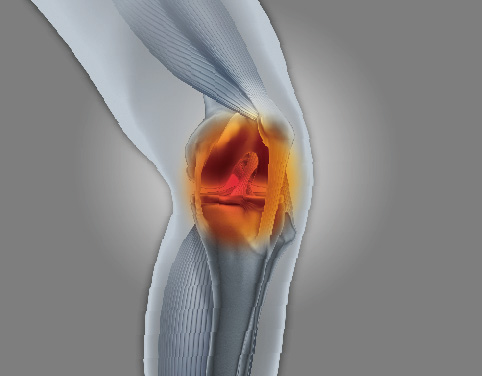
Up to now, there is no solution for OA, therefore the treatment focuses on the pain management, functional maintenance and improvement, also ameliorate the quality of life. There are two options of treatments for OA knee: non-surgical and surgical management. Using knee braces is one of the non-surgical management and postoperative management, it not only supports the injured joint but also improves comprehensively physical movements. The use of knee braces is already recommended by NICE guidelines [1], Osteoarthritis Research Society International and other medical associations. [2][3][4]
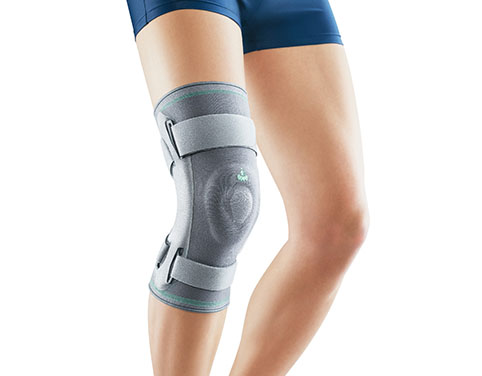
Soft braces are made from elastic materials which provide compression to knee joint. Tactile stimulation provided by soft braces will cause neural inhibition which leads to the reduction in pain. Increasing the temperature of skin after wearing a soft brace will decrease muscle spasm and improve regional blood flow. Stimulation of mechanoreceptors by soft braces can also improve joint proprioception and increase joint stability.
To increase tissue circulation and assist joint movement.
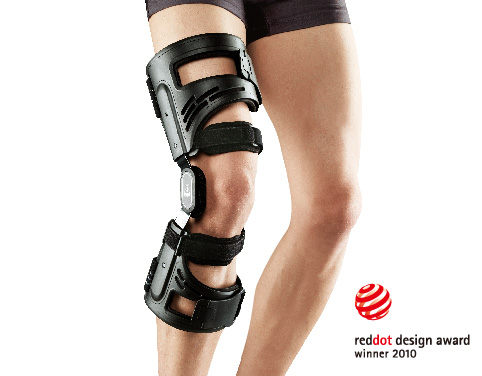
Unloading braces are made from rigid materials which provide corrective force to knee joint. The mechanical effects of unloading braces are increasing joint space, distracting compressive loads to the opposing compartment, and decreasing abnormal joint motion during knee movement. Unloading braces can also improve joint proprioception, stability and postural control.
To reduce joint pain and restrict abnormal motion.
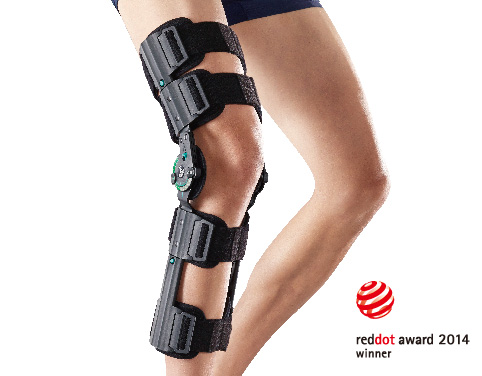
Rehabilitative braces are made from rigid materials which provide strong protection to post-operational joint. Rehabilitative braces help increase joint stability and prevent patients from further injury. In addition to protection, they can also improve joint proprioception and movement control.
To control joint range of motion and improve joint function.
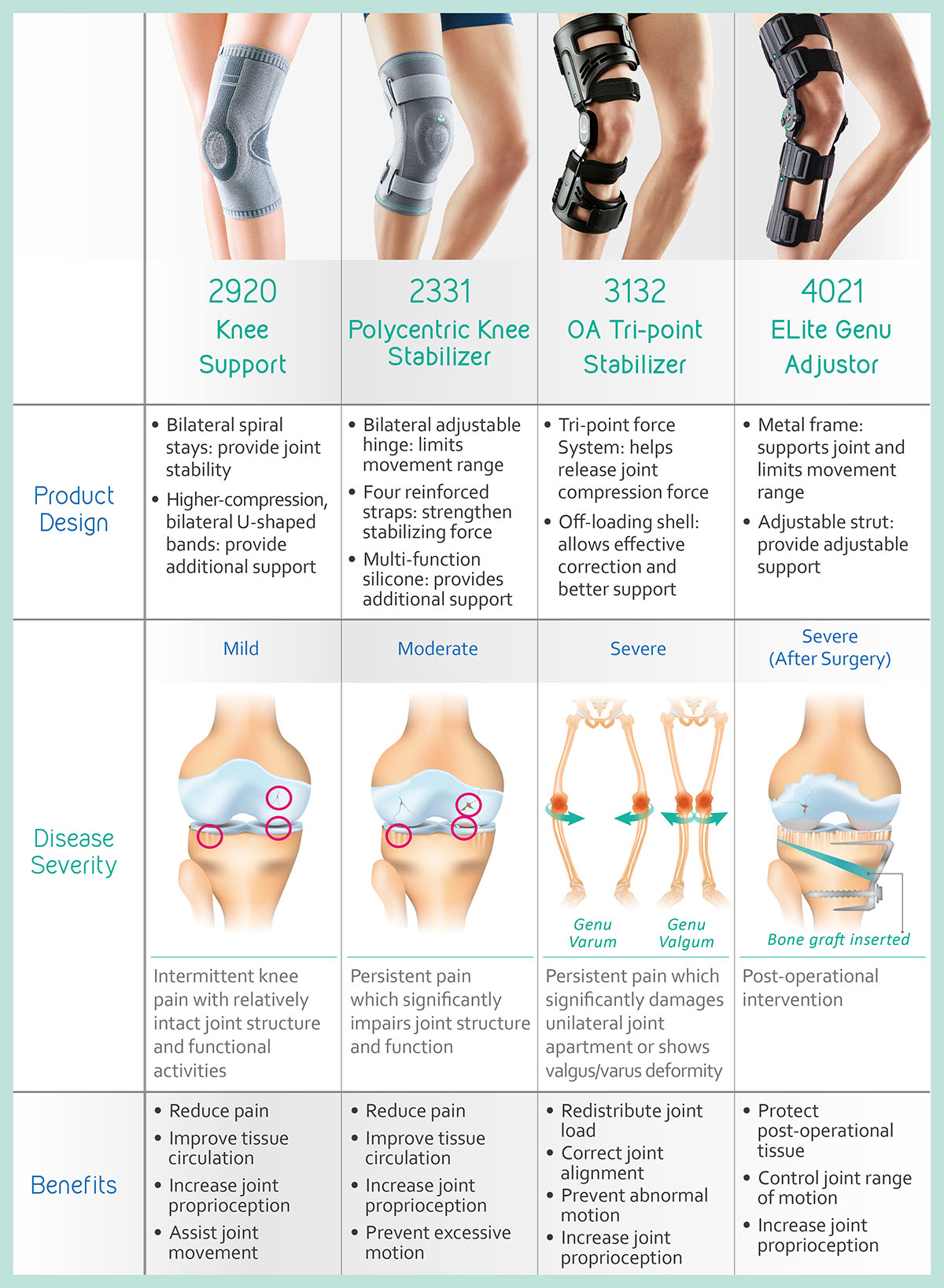
Copy Link